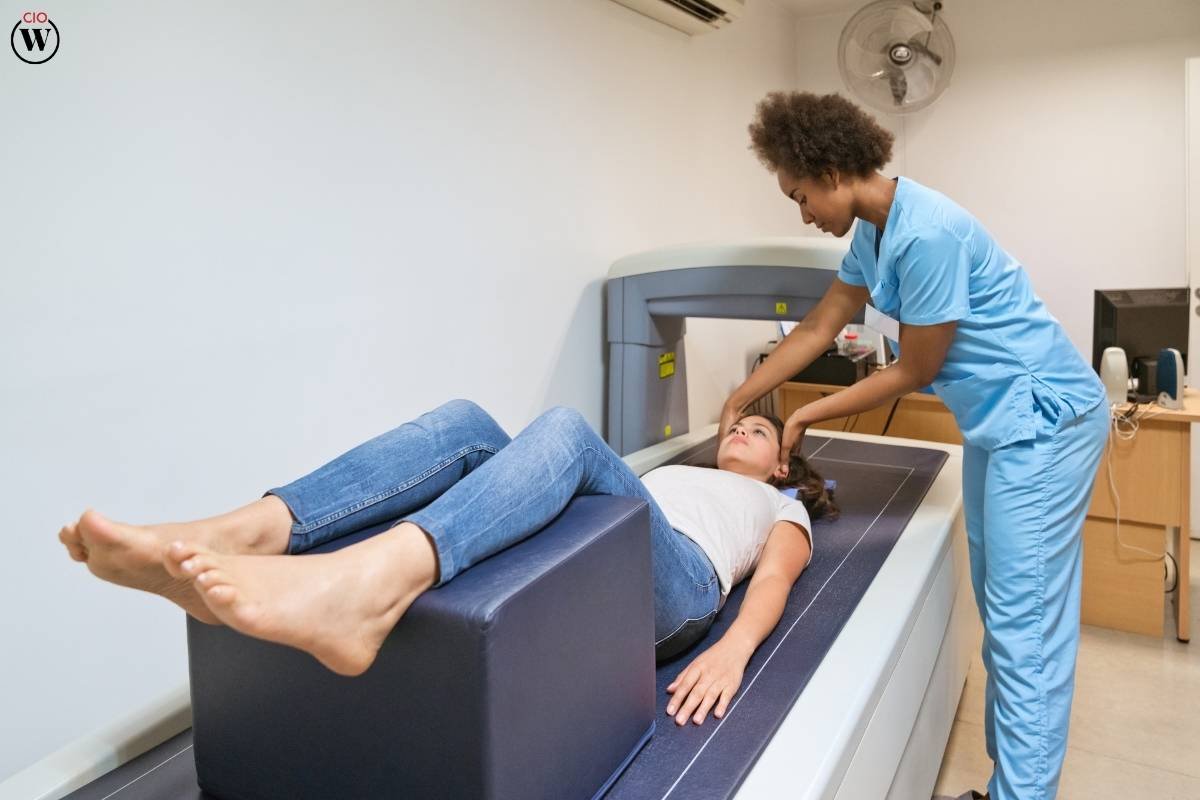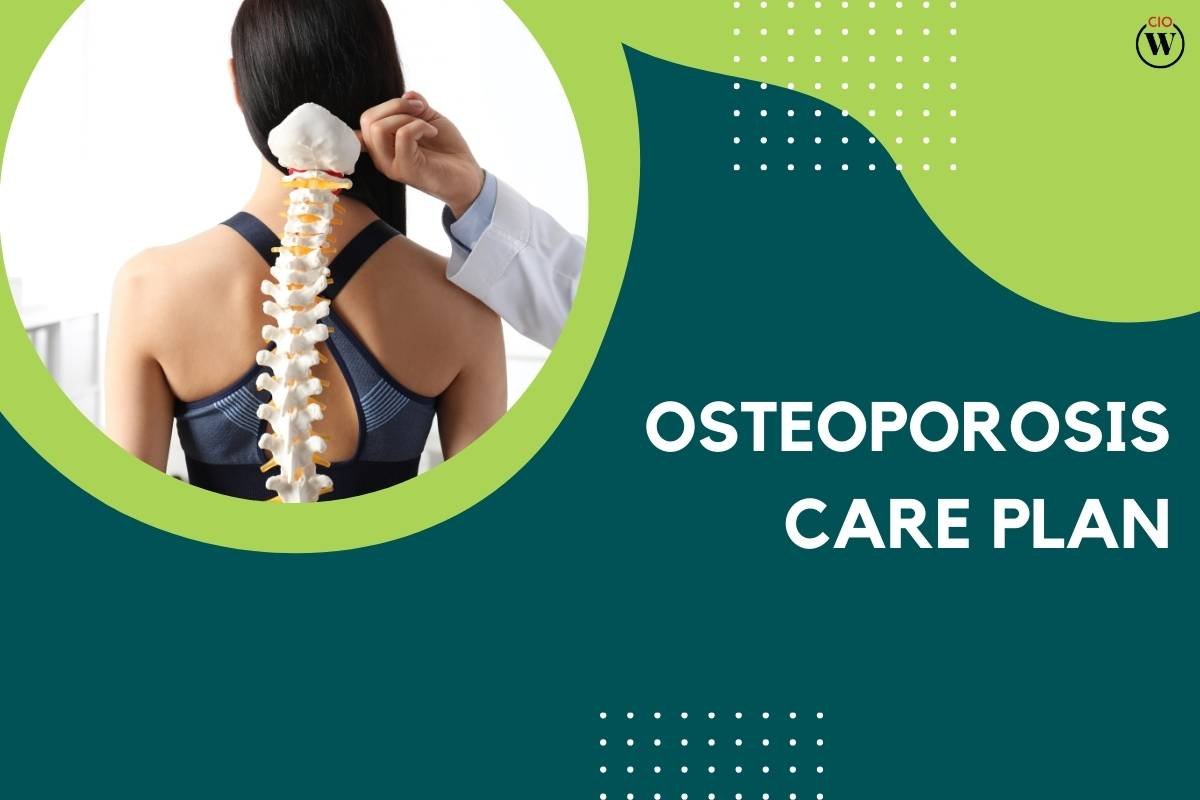Osteoporosis is a condition characterized by weak and brittle bones, which increases the risk of fractures. This condition predominantly affects older adults, particularly postmenopausal women, but it can also impact men and younger individuals. An effective osteoporosis care plan is crucial for managing and mitigating the risks associated with this disease. In this comprehensive guide, we will explore the various components of an osteoporosis care plan, providing actionable steps and tips to enhance bone health.
Understanding Osteoporosis
Before delving into the specifics of an osteoporosis care plan, it is essential to understand the nature of the disease. Osteoporosis occurs when the creation of new bone doesn’t keep up with the removal of old bone. This imbalance leads to porous bones, which are susceptible to breaks even from minor falls or, in severe cases, from simple actions like coughing or bending over.
Risk Factors
Several factors can increase the likelihood of developing osteoporosis, including:
- Age: Bone density typically decreases with age.
- Gender: Women are more prone to osteoporosis, particularly after menopause due to hormonal changes.
- Family History: A family history of osteoporosis can increase risk.
- Body Frame Size: Individuals with smaller body frames tend to have a higher risk.
- Lifestyle Choices: Smoking, excessive alcohol consumption, and a sedentary lifestyle can contribute to bone loss.
The Importance of an Osteoporosis Care Plan
An osteoporosis care plan is essential for preventing fractures and maintaining a good quality of life. Such a plan includes dietary changes, exercise routines, medication management, and lifestyle modifications designed to strengthen bones and reduce the risk of falls.
Components of an Osteoporosis Care Plan
- Dietary Adjustments
- Exercise and Physical Activity
- Medications and Supplements
- Lifestyle Modifications
- Monitoring and Regular Check-ups
Dietary Adjustments
A balanced diet rich in calcium and vitamin D is fundamental to an osteoporosis care plan. Calcium is vital for maintaining bone density, while vitamin D helps the body absorb calcium effectively.
Sources of Calcium
- Dairy Products: Milk, cheese, and yogurt are excellent sources of calcium.
- Leafy Greens: Vegetables like kale, broccoli, and spinach are high in calcium.
- Fortified Foods: Many cereals, juices, and plant-based milks are fortified with calcium.
- Fish: Salmon and sardines with bones are good calcium sources.
Sources of Vitamin D
- Sunlight: The body produces vitamin D when exposed to sunlight.
- Fatty Fish: Salmon, mackerel, and tuna are rich in vitamin D.
- Fortified Foods: Some dairy products, orange juice, and cereals are fortified with vitamin D.
- Supplements: Vitamin D supplements can help if dietary intake and sunlight exposure are insufficient.
Exercise and Physical Activity

Regular physical activity is a cornerstone of an osteoporosis care plan. Weight-bearing and muscle-strengthening exercises can help build and maintain bone density.
Recommended Exercises
- Weight-Bearing Exercises: Walking, jogging, and stair climbing help build bone strength.
- Strength Training: Lifting weights or using resistance bands can improve muscle mass and bone density.
- Balance Exercises: Tai chi and yoga can enhance balance and coordination, reducing the risk of falls.
- Flexibility Exercises: Stretching and Pilates improve flexibility and joint mobility.
Medications and Supplements
In some cases, diet and exercise alone are not enough to manage osteoporosis. Medications and supplements might be necessary components of an osteoporosis care plan.
Common Medications

- Bisphosphonates: Drugs like alendronate and risedronate slow bone loss and reduce fracture risk.
- Selective Estrogen Receptor Modulators (SERMs): Raloxifene mimics estrogen’s bone-protective effects.
- Hormone Therapy: Estrogen therapy can be effective, especially for postmenopausal women.
- Calcitonin: This hormone helps regulate calcium levels and bone metabolism.
- Parathyroid Hormone Analogues: Teriparatide stimulates new bone growth.
Supplements
- Calcium Supplements: Useful if dietary intake is insufficient.
- Vitamin D Supplements: Essential for those who have limited sun exposure or dietary intake.
Know more: Drugs For Osteoporosis: A Detailed Overview
Lifestyle Modifications
Lifestyle choices significantly impact bone health, and certain changes can greatly benefit an osteoporosis care plan.
Smoking Cessation
Smoking accelerates bone loss and increases the risk of fractures. Quitting smoking is a critical step in an osteoporosis care plan.
Limiting Alcohol Intake
Excessive alcohol consumption can interfere with the body’s calcium balance and bone formation. Limiting alcohol intake is beneficial for maintaining bone health.
Fall Prevention
Preventing falls is crucial for individuals with osteoporosis. Implementing safety measures in the home and adopting habits that reduce fall risk are key components of an osteoporosis care plan.
Tips for Fall Prevention
- Home Safety: Remove tripping hazards, use non-slip mats, install grab bars in the bathroom, and ensure good lighting.
- Footwear: Wear shoes with good support and non-slip soles.
- Vision Care: Regular eye exams to ensure vision is not contributing to falls.
- Mobility Aids: Use canes or walkers if necessary to maintain balance.
Monitoring and Regular Check-ups
Regular monitoring and check-ups are essential to track the effectiveness of an osteoporosis care plan and make necessary adjustments.
Bone Density Tests

Bone density tests, such as DEXA scans, are used to diagnose osteoporosis and monitor the effectiveness of treatment. Regular testing helps track bone health over time.
Medical Appointments
Regular visits to a healthcare provider ensure that all aspects of the osteoporosis care plan are addressed. These appointments are an opportunity to discuss new symptoms, review medications, and make any needed adjustments to the care plan.
Psychological and Emotional Support
Living with osteoporosis can be challenging, and psychological and emotional support is an important component of an osteoporosis care plan.
Support Groups
Joining a support group can provide emotional support and practical advice from others who are managing osteoporosis.
Mental Health
Addressing mental health issues, such as anxiety and depression, is important. Counseling or therapy can be beneficial for those struggling with the emotional impact of osteoporosis.
Conclusion
An effective osteoporosis care plan encompasses a holistic approach to bone health. By incorporating dietary adjustments, regular exercise, appropriate medications, lifestyle modifications, and consistent monitoring, individuals can manage osteoporosis effectively and reduce the risk of fractures. Additionally, emotional and psychological support play a critical role in maintaining a good quality of life.
Implementing a comprehensive osteoporosis care plan not only improves bone health but also enhances overall well-being. If you or a loved one is living with osteoporosis, take proactive steps today to develop a personalized care plan that supports strong, healthy bones for years to come.









